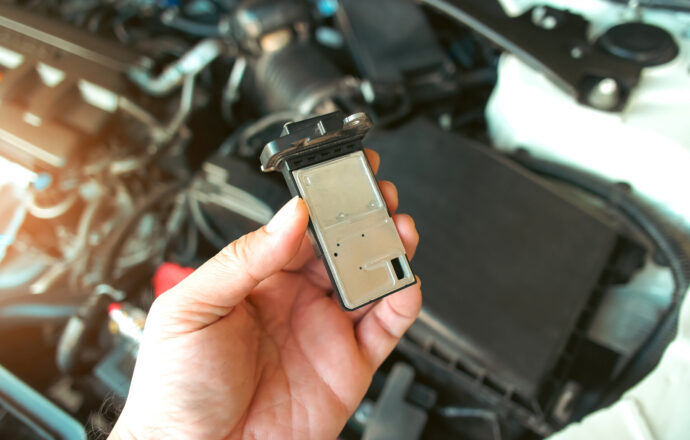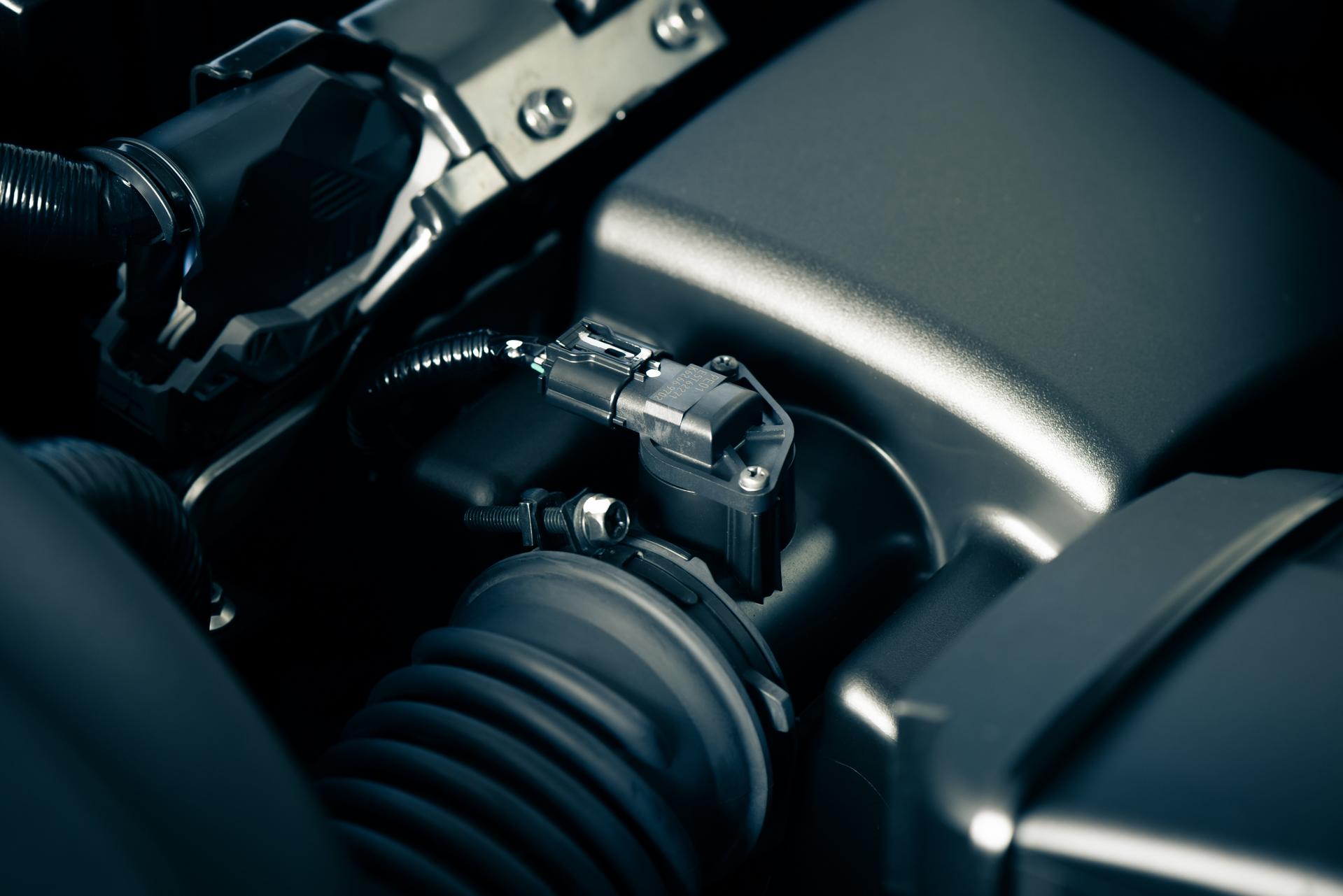The harmony between technology and environmental efficiency has never been more crucial than in today’s fast-paced world. Among the myriad of innovations designed to fine-tune this balance, a particular type of technology plays a pivotal role, yet often remains underappreciated: the airflow sensor. This device, critical for optimizing operations across various industries, embodies the intersection of precision and sustainability. As we delve into the benefits and applications of these sensors, we invite readers to explore how such seemingly small components can have a vast impact on both performance and environmental conservation.
The Essence of Airflow Monitoring
At the core of numerous systems, from HVAC units in skyscrapers to the engines powering our vehicles, lies the need for precise airflow measurement. These sensors not only ensure the optimal performance of equipment but also significantly contribute to energy conservation. By meticulously monitoring the amount of air passing through a system, they allow for real-time adjustments that can lead to substantial improvements in efficiency and reductions in energy consumption. The importance of such capabilities cannot be overstated, especially in a world increasingly focused on sustainability and the reduction of carbon footprints.
A Versatile Tool Across Industries
The applications of these airflow sensors span a vast array of fields, illustrating their versatility and indispensability. In the automotive industry, for example, they are crucial for managing engine air intake, directly influencing fuel efficiency and emissions. In healthcare, ensuring clean and controlled air circulation in critical environments, such as operating rooms and cleanrooms, is paramount for patient safety and the prevention of contamination. Even in agriculture, monitoring airflow can significantly affect the growth conditions of crops in greenhouses, optimizing air quality and temperature for maximum yield.
Enhancing Performance and Sustainability
The benefits of utilizing airflow measurement devices are twofold. Firstly, they enhance the performance of systems by ensuring that air is distributed evenly and at the correct volume, thereby avoiding inefficiencies and potential damages caused by improper airflow. Secondly, and perhaps more importantly in the current climate, they play a significant role in energy conservation. By optimizing the amount of air used, they reduce the energy required to operate systems, leading to lower operational costs and a reduced environmental impact. This alignment of economic and ecological interests underscores the critical role that these sensors play in our pursuit of a more sustainable future.
Real-world Impact and Innovations
The real-world impact of these sensors is both profound and far-reaching. In the realm of building management, for instance, they are instrumental in creating smarter, more energy-efficient buildings that not only consume less power but also provide a healthier living and working environment. Innovations in sensor technology continue to push the boundaries of what’s possible, from sensors that can detect the slightest changes in airflow for high-precision applications to those integrated with IoT devices for smarter, data-driven decision-making. These advancements not only improve the functionality and efficiency of existing systems but also pave the way for new applications that can further enhance our quality of life and environmental stewardship.
The Path Forward: Embracing Airflow Measurement
As we look to the future, the importance of embracing airflow measurement technology cannot be understated. Its role in promoting efficiency and sustainability across a multitude of sectors highlights the potential for these sensors to contribute significantly to our global efforts to reduce energy consumption and mitigate environmental impact. By continuing to innovate and apply these technologies in new and existing applications, we can unlock further benefits, driving progress towards a more efficient, sustainable world.
Photo credit: BLKstudio & NorGal / stock.adobe.com





